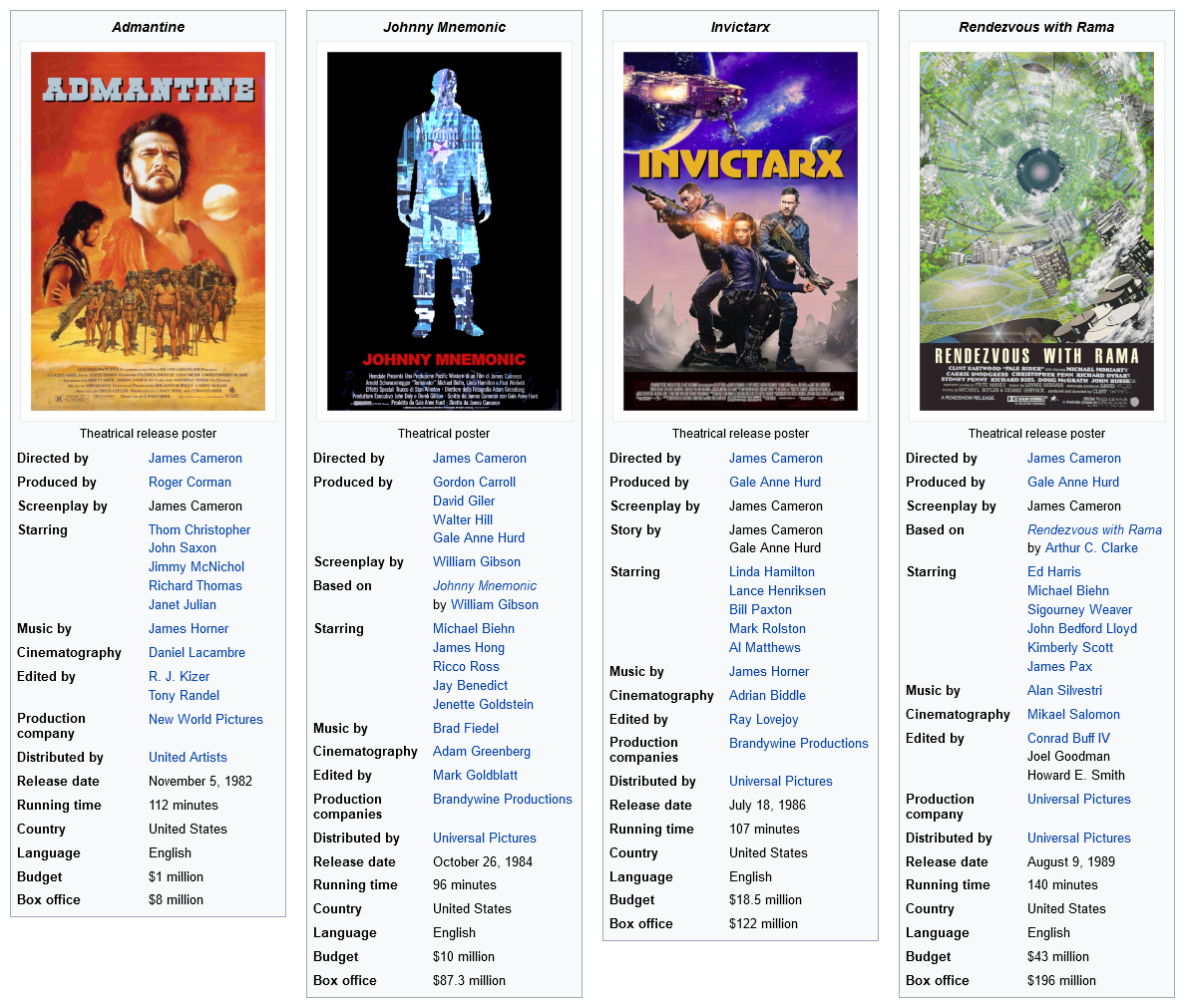Ever feel like the whole "President of Earth" angle in Doctor Who was criminally underused?
Anyway,
The
president of Earth was, when activated by the
Incursion Protocols Addendum to the
Unified Intelligence Taskforce (UNIT) Charter, the
head of government and
commander-in-chief for all 193
United Nations member states (and the United Nations itself), as well as 16
non-UN member states, UNIT, and 20
rebel groups that controlled territory at the time of the signing of the Incursion Protocols in 2013. The office was, by that same document, invested in the person of the
Gallifreyan extraterrestrial and long-time guardian of Earth known as
"The Doctor". The existence of such an office was, while the Incursion Protocols were in force, highly secret.
The position of President of Earth was first proposed after the
Year of the Slow Invasion, then the latest of a growing number of narrowly-thwarted
alien invasions of the Earth.
Discussions between all UN member states held by UNIT worked out a framework for a figurehead position that would gain full executive and military authority only in the event of another invasion. Discussions as to who the President of the entire
human race should be, and the method of choosing such a person, were initially heated, but a proposal by UNIT
Head of Scientific Research Kathrine Lethbridge-Stewart to invest the Earth Presidency in the Doctor was ultimately accepted. The reasons for picking the Doctor were stated to be his
track record of defending Earth, his life experience far outranking any human's, his Gallifreyan physiology, his
advanced technology and skills, and his known disinterest in politics. Ultimately, over a dozen states with limited recognition, UN observer states, and rebel groups holding territory (with the notable exceptions of
Al-Quaeda and
ISIS) were also invited to sign the Incursion Protocols, which they did by December 2013. The Doctor was inducted into the role on November 19, 2014, during the
Second Cyberman Incursion.
As President of Earth, the Doctor wielded total military authority over all signatory
armed forces in secret, but only while the Incursion Protocols were activated by one of the relevant authorities and the President was aboard the executive aircraft,
Boat One. The Doctor is believed, according to anonymous sources, to have served in the role of President of Earth on a number of other occasions between 2014 and 2017. UNIT served as the presidential bodyguard and were responsible for construction and maintenance of the fleet of aircraft that could serve as
Boat One.
In the aftermath of the 2018
UNIT funding disputes, the ability of the office to be activated became questionable, and with the
repeal of the UNIT charter entirely in early 2020, the ability of the office of President of Earth to assume coherent command over the forces of mankind became entirely academic. Long-rumored among military personnel who had seen the President in the field, official confirmation of the office and its holder came in 2020, when the entire text of the UNIT charter was declassified.
In the aftermath of its publication, the Incursion Protocols have sparked some activity from pro-globalist activists for a similar office to be established, usually with the addendum of the officeholder being elected (and human).
